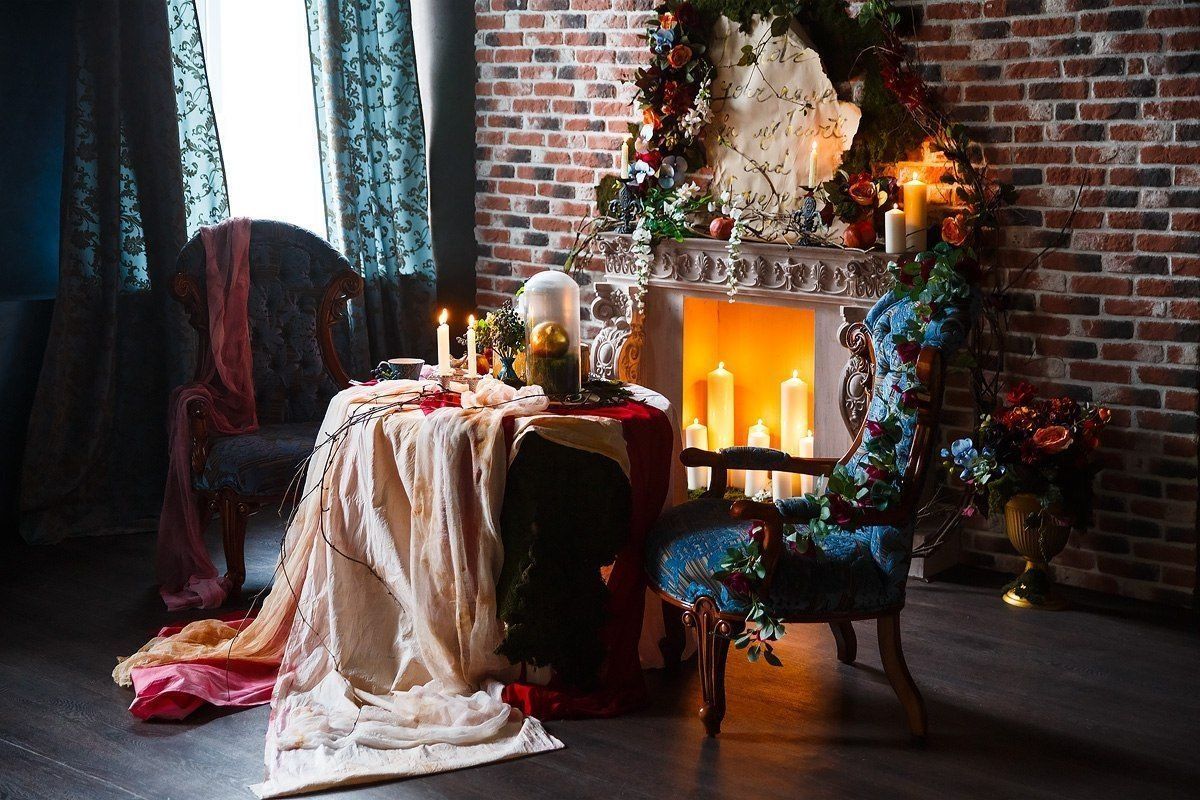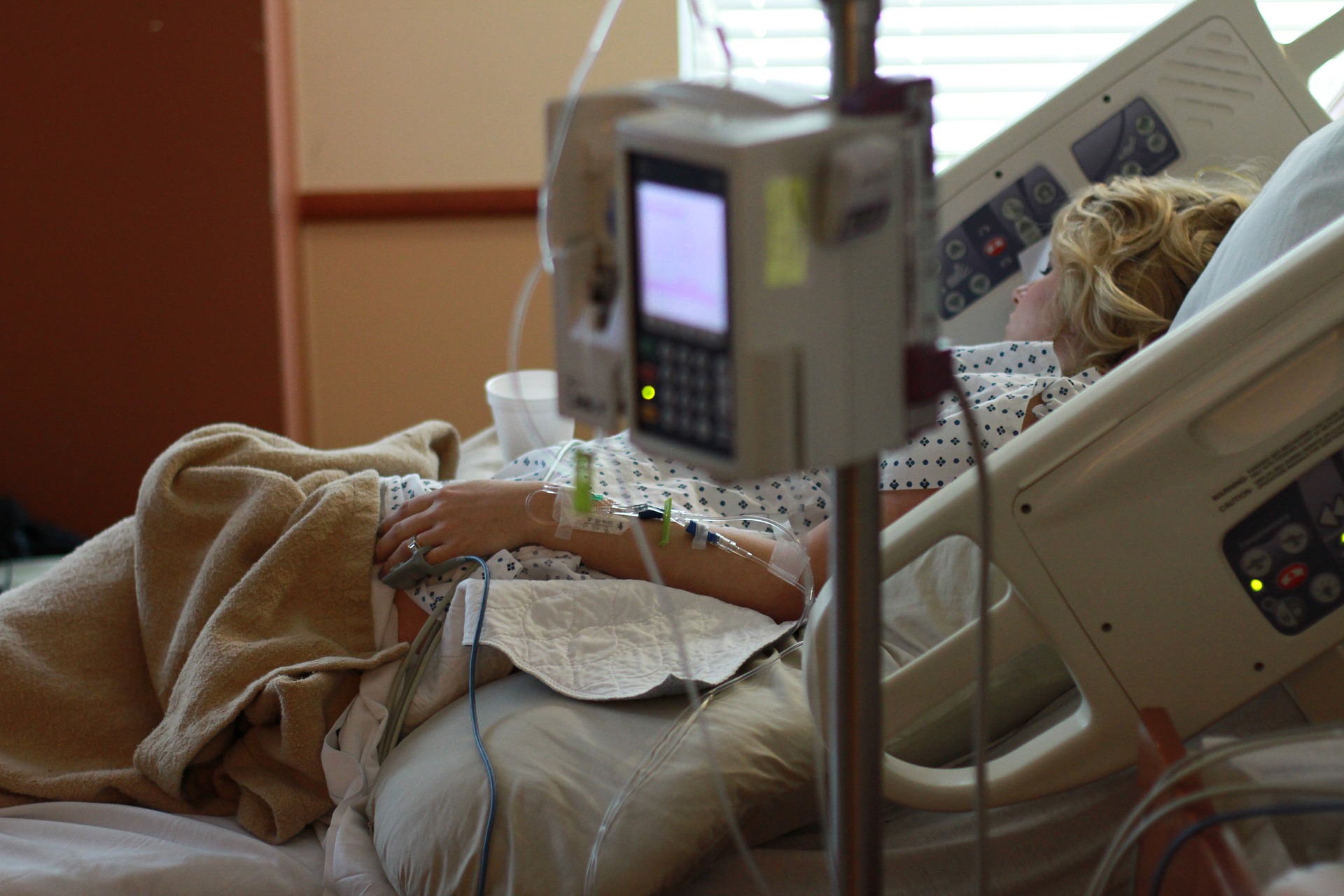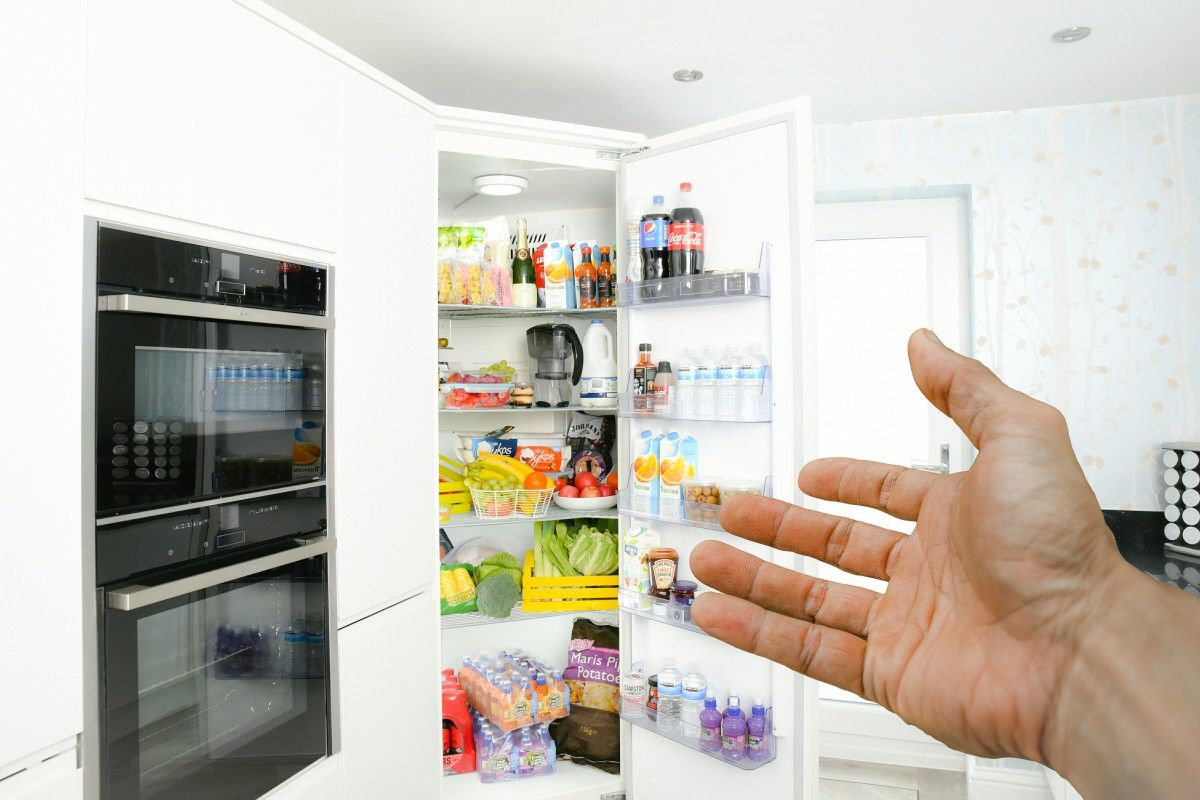Best Canon Camera Lenses 2024
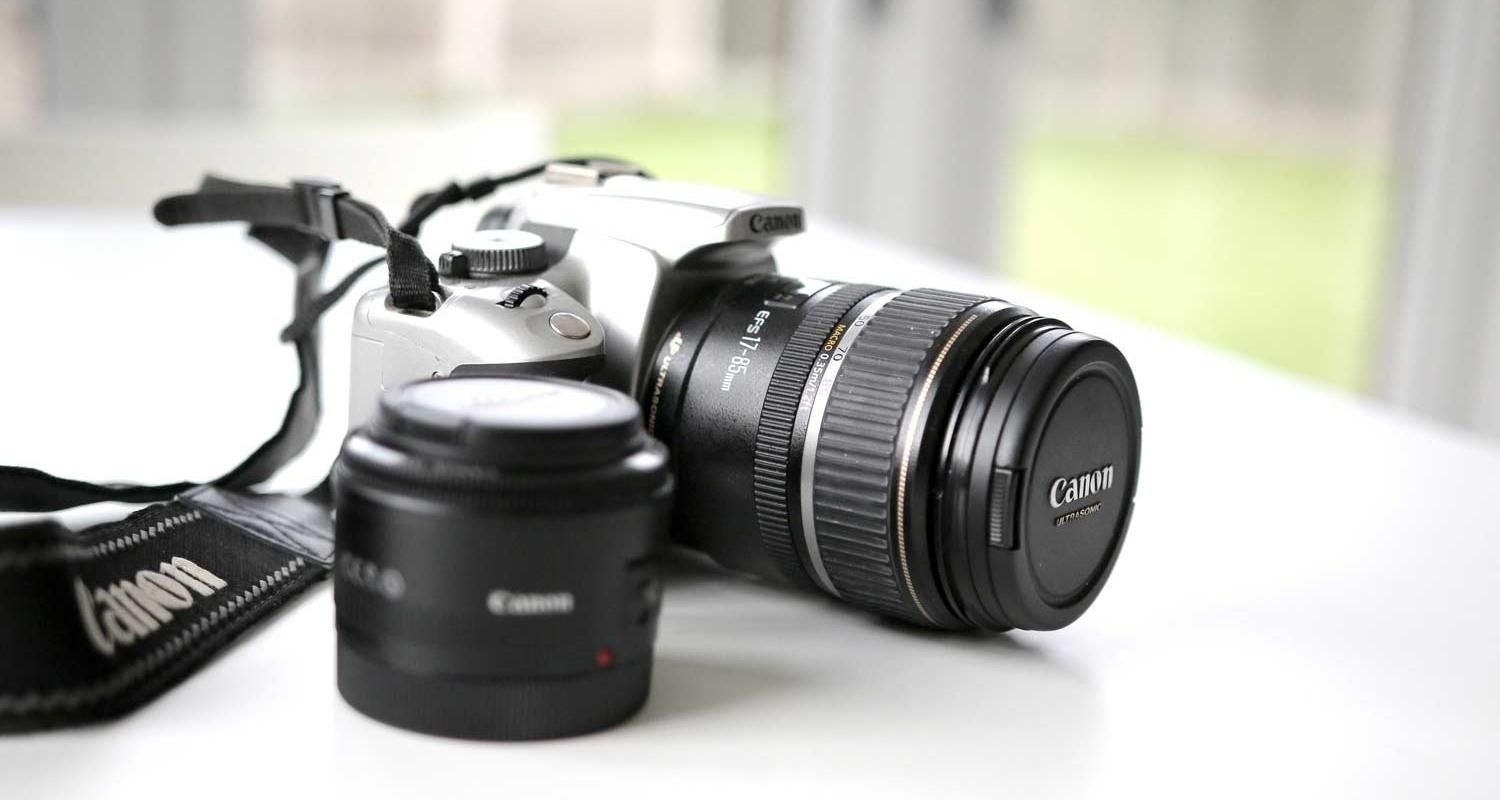
A quality lens for a photographer is the key to successful and beautiful photographs. All models are classified into several types, so the review includes a single representative of each class for Canon cameras. What is the best lens to buy? The answer to this question and all the following are detailed in the article.
Selection rules
How to choose the right lens? Before answering this question, it is worth mentioning the purpose of each specific model. All optics have their own classification, based on which it is easy to find the right model for work.
What lenses are there and what are they for? The main group includes:
- Regular - with a focal length of 5 cm (standard);
- With tilt-shift function - a combination of shift and tilt of the optical axis;
- Macro - for close-up macro photography of small objects, up to a scale of 1: 1 .;
- Wide angle - for shooting in confined spaces;
- Ultra-wide angle is used to give the image additional expressiveness (exaggerated transmission);
- Portrait, the nature of the optical drawing and bokeh are important for him;
- Universal - a combination of the characteristics of several lenses in one;
- Fisheye for highly pronounced distortion aberration;
- Long focus - shooting distant objects.
What to look for when choosing optics? The list is supplemented by the main elements of technical characteristics:
- Bayonet;
- Aperture ratio;
- Viewing angle;
- Stabilizer;
- Motor;
- Crop factor.
Criterias of choice:
- Compatible with cameras;
- For what purpose it is acquired;
- Functional;
- Cost.
The range of products presented has other features that distinguish lenses. For example, by the size of the matrix. There are two types of optics: for full-frame or non-full-frame cameras.
In the first case, the size of the matrix should be 36 by 24 mm, i.e. match the size of the full frame.
In the second case, the size of the APS-C frame, that is, somewhere around 24x16 mm (the diameter of the coverage circle is 28 mm).
By bayonet type, for Canon cameras: EF - for full-frame cameras, EF-S - for cropped cameras with APS-C sensor. Popular models, those that can be combined with these two types of fasteners.
By focal length: with a constant unit number, for example, 24 mm, 35 mm, etc. There is also variable focusing - double number (example, 28-80 mm).
Lenses List
The best lenses for Canon cameras at the moment are offered for consideration. For a better perception, the entire product range is divided into small subcategories. And compiling the positive and negative sides of the models helped to identify user reviews.
Standard lens "RF 50mm f / 1.2L USM"
The SLR model offers the latest in optical performance in full-frame photography. It has a number of functions for creative ideas and does a good job of shooting in low light.In addition, the lens has excellent sharpness, which produces a high level of detail throughout the frame.
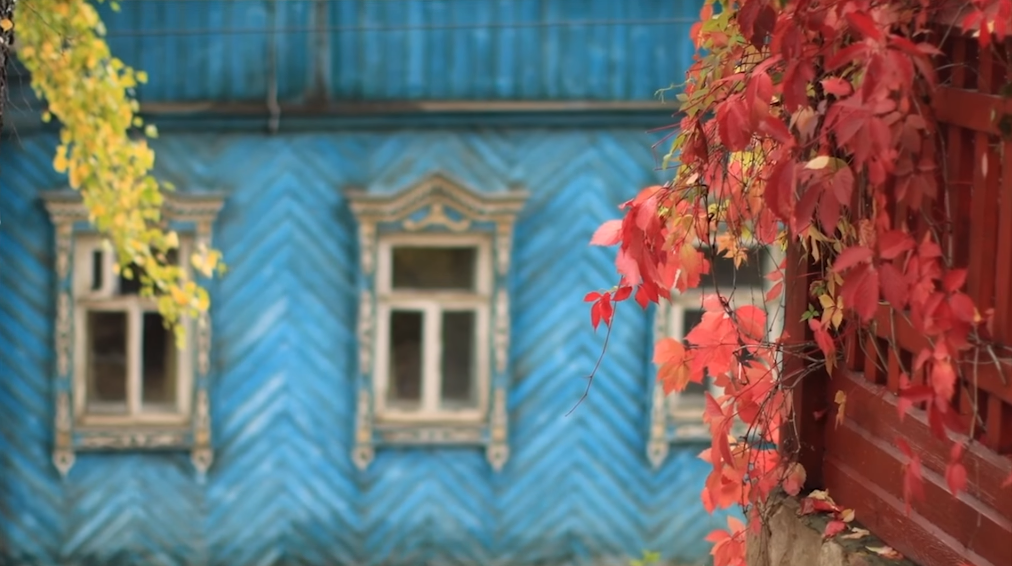
Photo with the lens "RF 50mm f / 1.2L USM"
The design of the model, when focusing, vertically moves within the body (back and forth). It is advisable to provide additional protection for the front lens with a light filter that completely covers the tube.

External view of the "RF 50mm f / 1.2L USM" lens
The lens body is black with a red stripe (rim) along the front edge; resistant to moisture, which allows you to use the equipment in any weather.
The weight of the lenses affects the running time of the ring - more than 1 second. This means that the autonomous focusing speed is slower compared to other L-series lenses.
Due to the spherical aberration, during portrait photography, skin defects of photo models are hidden, and a soft effect appears in ordinary images. Aberration provides a soft separation of plans, but with some loss of detail.
The model can be used for various portraits (full-length or just a bust), as well as subject photography. To create the first category of images, bokeh and soft effects are involved, and for the second, a blurred background.

Shot (portrait) with RF 50mm f / 1.2L USM
For those looking for image detail, this lens is the perfect solution. It can be used by both professionals and amateurs.
| Specifications | |
|---|---|
| Dimensions (in centimeters): | length - 10.8; width - 8.98 |
| Weight | 950 gram |
| Bayonet | Canon EF |
| A type | standard |
| Viewing angle | 46 degrees |
| Aperture ratio | 1,2 |
| Focal distance | 50 mm, fixed |
| Material | plastic |
| Filter diameter | 7.2 cm |
| Protection: | from moisture and dust |
| By price | 160,000 rubles |
- Fixed focal length;
- Pleases the image quality;
- Reliable;
- Easy to attach to the camera;
- Lightweight;
- For lovers who care about any detail in the photo;
- Suitable for Canon EOS R camera;
- Beautiful drawing;
- Waterproof case;
- Large aperture;
- The model is resistant to damage.
- Autofocus speed;
- High price.
Portrait "EF 85mm f / 1.2L II USM"
The model is not new, but it holds a leading position. A professional grade lens featuring a wide aperture, variable curvature aspherical lens and other superior performance designed specifically for portrait and studio photography.

Sample photo taken with a portrait lens "EF 85mm f / 1.2L II USM"
Thanks to the technique, you can control the depth of field. The lens has excellent performance in low light conditions and also offers a high self-focusing speed.

External view of the lens "EF 85mm f / 1.2L II USM"
Specialist. the coating reduces the reflective effect of the lenses, which contributes to bright and clear images.
Ultrasonic focusing is corrected manually and automatically. The model is ideal for calm, moderate shooting. The favorite technique of professionals.
| Specifications | |
|---|---|
| Dimensions (in centimeters): | length - 9.15; width - 8.4 |
| Weight | 1 kg 95 grams |
| Bayonet | Canon EF and EF-S |
| A type | portrait |
| Drive unit | ring type ultrasonic motor |
| Viewing angle | 28.3 degrees |
| Aperture ratio | 1.2 F |
| Focal length | 85 mm |
| Thread | 7.2 cm |
| average price | 92,000 rubles |
- Excellent sharpness;
- The sharpness of the picture;
- Color rendering;
- Magic lens;
- Manual focus is accurate;
- Soft ring travel;
- Nice to shoot video;
- Bokeh;
- Plastic figure.
- Heavy;
- The case is not protected from moisture and dust;
- Dear.
Wide-angle lens "EF 20mm f 2.8 USM"
The lens is used almost everywhere: when shooting interiors or landscapes, in architecture (giving building objects a natural look) or in reporting. The viewing angle allows you to capture a little more of what the human eye sees.

External view of the wide-angle lens "EF 20mm f 2.8 USM"
Super UD components are responsible for a clear pattern across the entire image surface. Autofocus is quick and virtually silent.This is facilitated by the annular ultrasonic drive.
Super Spectra prevents flare and ghosting, thereby ensuring accurate color balance and contrast in your photo.
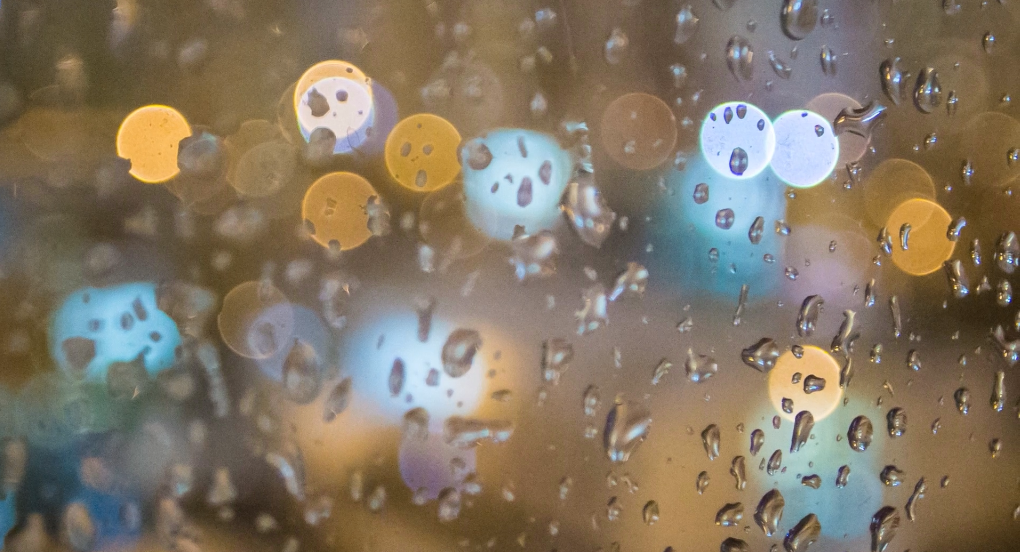
Shot with "EF 20mm f 2.8 USM" lens
| Specifications | |
|---|---|
| Parameters (in cm): | length - 7.75; width - 7.06 |
| Net weight: | 405 gram |
| Lens | aspherical |
| Viewing angle | 94 degrees |
| Aperture ratio | 2.8 F |
| Mount | Canon EF and EF-S |
| Focal length | 20 mm |
| Filter diameter | 7.2 cm |
| Price | 36,000 rubles |
- Focus modes;
- Material quality;
- Aperture ratio;
- Wide-angle model.
- USM;
- Picture quality;
- Works faster;
- Lightweight;
- Assembly;
- Adequate price;
- Convenient focal length;
- For any kind of shooting;
- Sharpness.
- "The viewing angle is on the crop, it is almost impossible to find a hood";
- The lens is highly electrified.
Long-throw "EF 70-200mm f 2.8L IS II USM"
The model is intended for reporting, demonstrates excellent optical properties in the most poorly lit places. The upgraded lens system has a built-in image stabilizer. Manual aiming is always available, while the front lens remains stationary, which allows the use of some typical filters (for example, polarizing filters).

Exterior view of "EF 70-200mm f 2.8L IS II USM"
High image quality over the entire zoom range is provided by UD lenses (4 pcs.), Which have ultra-low dispersion and compensate for residual chromatic aberration.
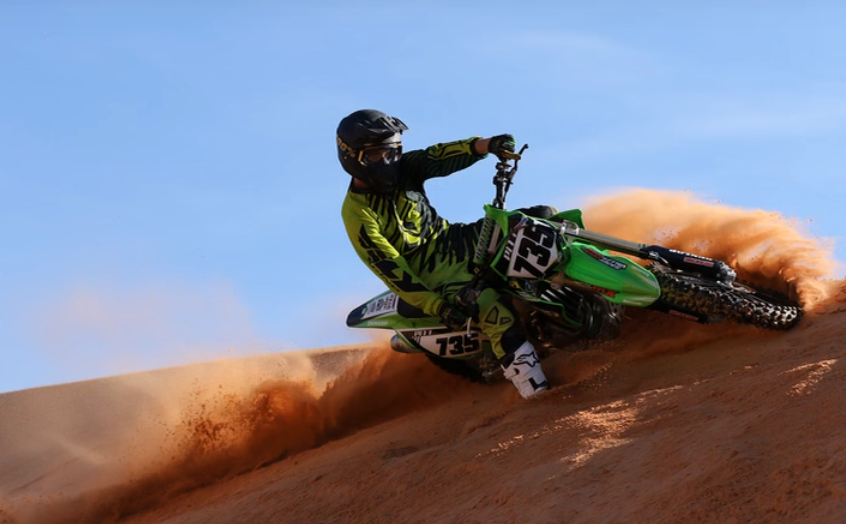
Shooting in motion with the "EF 70-200mm f 2.8L IS II USM"
Photographic equipment is suitable for professional photographers or journalists, as well as lovers of high-quality pictures. A big plus of the model is the ability to shoot at a considerable distance or portrait.
| Specifications | |
|---|---|
| Bayonet | for EF cameras |
| Dimensions (in centimeters): | length - 19.9; width - 8.88 |
| Weight | 1 kg 490 g |
| Focal length: | variable zoom, 7-20 cm |
| Luminous power index | 2.8 f |
| type of drive | ultrasonic |
| Motor | annular |
| View radius: | 12-34 degrees |
| Minimum focus distance | 1.2 m |
| Filter diameter | 7.7 cm |
| Amount | 110,000 rubles |
- The lens is protected from dust;
- Wear-resistant housing;
- Variable focal length;
- Indicators of aperture and image quality;
- Image stabilizer;
- Fast autofocus;
- Equipment;
- Cutting;
- Juicy picture;
- Soft, artistic bokeh;
- All-weather performance;
- "High-aperture reportage zoom without chromatic aberration";
- Modernity.
- Cost;
- Heavy;
- Overall;
- "In a dark room at 2.8, there is no sharpness that I would like."
Macro "EF 100mm f 2.8 USM"
Macro photography is the main activity of this lens. Suitable for those who are engaged in nature and its inhabitants: for example, you can take photographs of insects or other small objects. Thanks to the functionality of the technique, you can see the details of the object inaccessible to the human eye. This optics is also used as a telephoto lens.
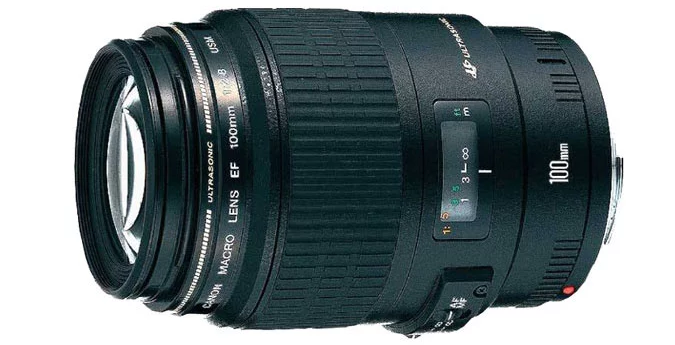
Macro Lens Design, Model "EF 100mm f 2.8 USM"
Medium sized lens barrel with wide focal ring and travel. The turns are smooth and without backlash. Focus can be adjusted at any time. The USM locks in fast enough to capture fast moving subjects.
Internal focusing allows you not to resize frames during shooting. As a filter, it is recommended to use one that will resist moisture, dust and the leaving of accidental fingerprints, such as UV.

Night shooting with the lens "EF 100mm f 2.8 USM"
Color perception: rich palette and contrast. And the process of replacing chromatic aberrations is inappropriate in this device. Thanks to the rounded aperture, the lens has decent bokeh. In this regard, photographic equipment can be used for portrait photography.
To: Suitable for beginners and professionals in their field.
| Specifications | |
|---|---|
| Parameters (in centimeters): | length - 11.9; width - 7.9 |
| Weight | 600 g |
| Focal distance | 100 mm |
| Mount | EF |
| Diaphragm | 2.8 f, minimum - 32 f |
| Lens | fixes |
| Overview | 24 degrees per minute |
| Min: | distance - 3.1 cm, aperture - 32 |
| Thread | 5.8 cm |
| average price | 30,000 rubles |
- Minimum focusing distance;
- Fixed glass;
- Sharpness and detail;
- Macro;
- Light enough;
- Perfect geometry;
- Ultrasonic;
- Virtually no aberration or vignetting;
- Accurate;
- Build quality;
- Inexpensive;
- For subject shooting;
- Convenient;
- Lens color palette.
- There is no moisture protection of the model case;
- A stabilizer is missing.
Ultra wide angle "16-35mm f4L IS USM"
Model for full-size filming. The device is equipped with many useful properties and parameters, the pictures of which are not inferior in quality to stronger analogues.

Design of the "16-35mm f4L IS USM"
The design is equipped with an image stabilizer (optical), and this allows you to shoot handheld at rather long exposures. Suitable for reportage and architectural activities.

Hand-held shooting with a 16-35mm f4L IS USM lens, example
The lens is designed for professionals.
| Specifications | |
|---|---|
| Parameters (centimeters): | length - 11.28; width - 8.26 |
| Weight | 615 gram |
| Zoom | variable |
| Visibility | 98-54 degrees |
| Filter thread | 7.7 cm |
| Distance | 1.6-3.5cm |
| Focus | 0.28 m |
| For the camera: | Canon EF and EF-S |
| By price | 62,000 rubles |
- Compact;
- The number of exposure steps;
- Standalone stabilization selection mode;
- Wide angle;
- Suitable for video shooting;
- Accurate;
- High-speed;
- Value for money;
- Assembly;
- Filter size;
- A beautiful picture of the landscape;
- Use in any weather conditions.
- Poor focus;
- Slight vignetting.
Universal "EF-S 17-85mm f / 4-5.6 IS USM"
An amateur version of equipment for everyday photography. Works exclusively with digital equipment. This model is popular with travelers for its focusing range.

Appearance of the universal lens "EF-S 17-85mm f / 4-5.6 IS USM"
The use of the background blur effect in the process of photography highlights the image, which turns out to be unusual: the main object of attention is highlighted in its foreground.
Due to the property of the lens, the captured image is high-contrast and crystal clear, regardless of the numerical changes in focus. And multi-layer coating minimizes the likelihood of glare in the frame. Lens contrast (sharpness) adjustment can be manual or automatic.
| Specifications | |
|---|---|
| To whom: | amateurs, beginners |
| Drive unit | electromagnetic |
| Lens | bilateral, aspherical |
| Camera Compatibility: | EOS with EF-S mount |
| Dimensions (in cm): | width - 7.85; length - 9.2 |
| Weight: | 475 gram |
| Angle | 78-18 degrees |
| Diaphragm: | minimum - 22-32, distance - 0.35 m |
| Filter thread | 6.7 cm |
| The cost | about 17,000 rubles |
- Focusing;
- Versatility;
- Price;
- Normal frame;
- Autofocus;
- Sharpness;
- Accuracy;
- Wide crop angle;
- Constructive;
- Barrel distortion;
- Manual fine-tuning after autofocus;
- Convenient;
- Works in the dark;
- Good color rendition.
- The trunk, with frequent use, spontaneously leaves over time;
- Chromatic aberration at 17-24 mm;
- Poorly removes architecture;
- Lack of hood included.
Fisheye "EF 8-15mm f4.0 L Fisheye USM"
Zoom lens with photosensor 24 × 36 mm, the output of which is a full or fisheye frame. It is considered professional and therefore has a lot of excellent properties that make the process of photography unforgettable and of high quality. For DSLRs with a smaller sensor, full-frame painting is available to users, thanks to the 180-degree field of view coverage.

External view of the lens "EF 8-15mm f4.0 L Fisheye USM"
The L series model is moisture and dust resistant and has excellent ergonomics. USM uses ultrasonic vibrations, which makes the unit virtually silent during autofocus. A high-speed processor is introduced into the design, which increases the speed of the autonomous focus.In addition, manual override access is available without disabling the current mode.
The SWC coating softens or prevents glare and ghosting from internal reflections. Thanks to this, clear pictures are created.

1. Focusing on the subject, 2. Frame from the video using the lens "EF 8-15mm f4.0 L Fisheye USM"
To facilitate cleaning of the lens, the front and rear surfaces have been coated with fluorin.
You can use this model anywhere, anytime. It is suitable for both beginner photographers and experts in their field.
| Specifications | |
|---|---|
| Mount | EF and EF-S |
| Dimensions: | 7.85 by 8.3 cm |
| Weight | 540 gram |
| Minimum focus distance | 0.8-1.5 cm |
| Diaphragm | 4 F |
| Angle | from 91.46 to 180 degrees per minute |
| Price | approximately 59,000 rubles |
- Incredible fish eye effect;
- Creation of circular panoramas;
- Viewing angle;
- Guarantee period;
- Awesome for video;
- Two lenses in one;
- Moisture protection;
- Quality;
- Price;
- Good autofocus
- Material - metal;
- Cutting;
- There is no backlash anywhere;
- Excellent drawing and color rendering;
- Suitable for everyone.
- It is not always convenient to work with distortion;
- Chromatic aberration;
- Hood cover.
Tilt-shift "TS-E 135mm f4L Macro"
The Tilt-Shift lens transforms simple photographs into an illusion of a puppet world. In this case, a small part of the picture is in focus, and the rest of the picture is blurred. This property increases the color and contrast of the frame. Now you can tilt and shift the optical axis, it is used in the case of shooting objects that do not fit into the frame.

Lens construction "TS-E 135mm f4L Macro"
The optics are made according to the most modern technologies and have the highest mark. Smooth and precise aiming is achieved thanks to the wide focusing ring. The model is equipped with a shallow depth of field.
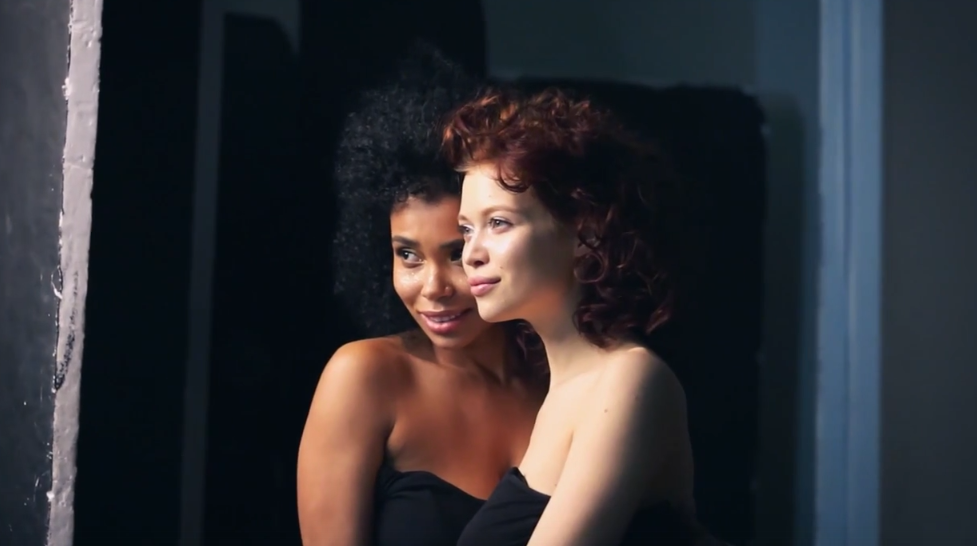
Sample photo with the lens "TS-E 135mm f4L Macro"
All elements controlled by the mechanism are accessible and easy to operate. Now you can control blocks independently from each other. And also with a certain fixing of the lens, the tilt angle changes automatically.
| Specifications | |
|---|---|
| A type | telephoto lens |
| Distance | 13.5 cm |
| Diaphragm | 4 f |
| Mount | Canon EF and EF-S |
| Dimensions (unit cm.): | width - 8.85; length - 13.91 |
| Weight | 1 kg 110 g |
| Closest focusing distance | 4.9 cm |
| Thread diameter | 8.2 cm |
| Angles (degrees): | view - 18, tilt - +/- 10 |
| Shift | +/- 1.2 cm |
| How much is | 186,000 rubles |
- For subject shooting;
- Sees the problem in low depth of field;
- Telephoto lens with constant FR;
- Manual focus;
- SWC;
- Two lenses;
- Mechanics capabilities;
- Independent block rotation;
- Scale 1: 2;
- No chromatic aberration;
- Sharpness of the model;
- Build quality.
- Cost.
Conclusion
The review compiled the best lens models with their technical characteristics and capabilities. For each category of lenses, a specific model was allocated. Her choice was considered according to the following criteria:
- Best Selling. This fact was indicated by the statistics of consumer demand, the novelty and the cost of the goods.
- The number of positive reviews. An analysis was carried out for each optics, which, in the opinion of buyers, is worthy of attention.
- Price segment. Two options were considered: expensive models and budget ones. Both those and others were taken into circulation, since for professional photographers, the cost of equipment plays an insignificant role, the main emphasis when choosing is on the capabilities and functions of the lens.
- Appointment. In order not to make mistakes when choosing, especially for novice photographers, you should accurately determine the field of activity. Namely, what the user will shoot: videos, landscapes, portraits of people or "hunt insects."
Note. For amateurs and those at the beginning of the creative process, it is recommended to focus on inexpensive lenses. General purpose or standard lenses are very popular.
new entries
Categories
Useful
Popular articles
-

Top rating of the best and inexpensive scooters up to 50 cubic meters in 2024
Views: 97661 -

Rating of the best materials for noise insulation for an apartment in 2024
Views: 95022 -

Rating of cheap analogues of expensive medicines for flu and colds for 2024
Views: 91751 -

The best men's running shoes in 2024
Views: 87681 -

Top ranking of the best smartwatches 2024 - price-quality
Views: 85091 -

Best Complex Vitamins in 2024
Views: 84801 -

The best dye for gray hair - 2024 top ranking
Views: 82406 -

Rating of the best wood paints for interior use in 2024
Views: 77202 -

Ranking of the best action cameras from China in 2024
Views: 75269 -

Rating of the best spinning reels in 2024
Views: 74827 -

The most effective calcium supplements for adults and children in 2024
Views: 72463 -

Top rating of the best in 2024 means for male potency with a description
Views: 68296


